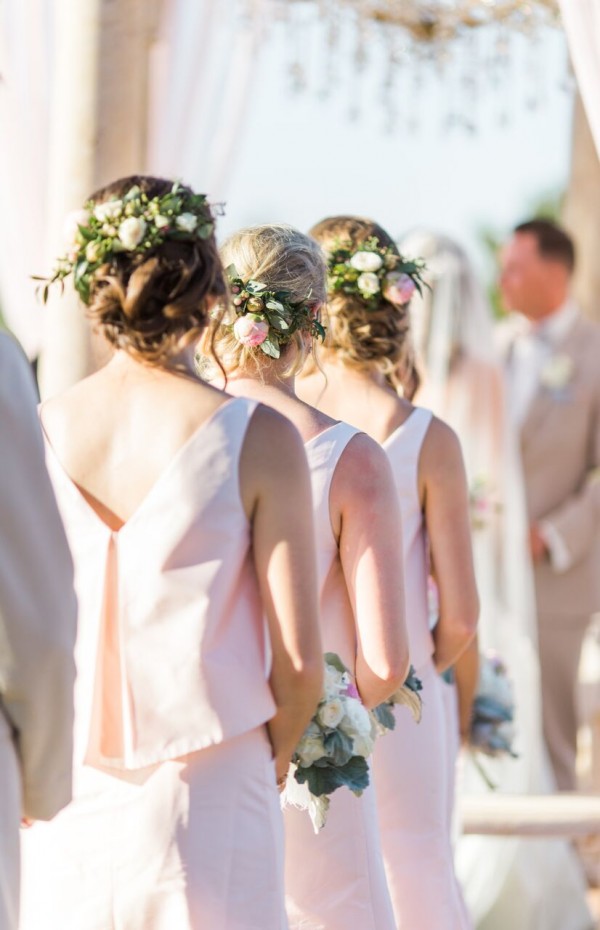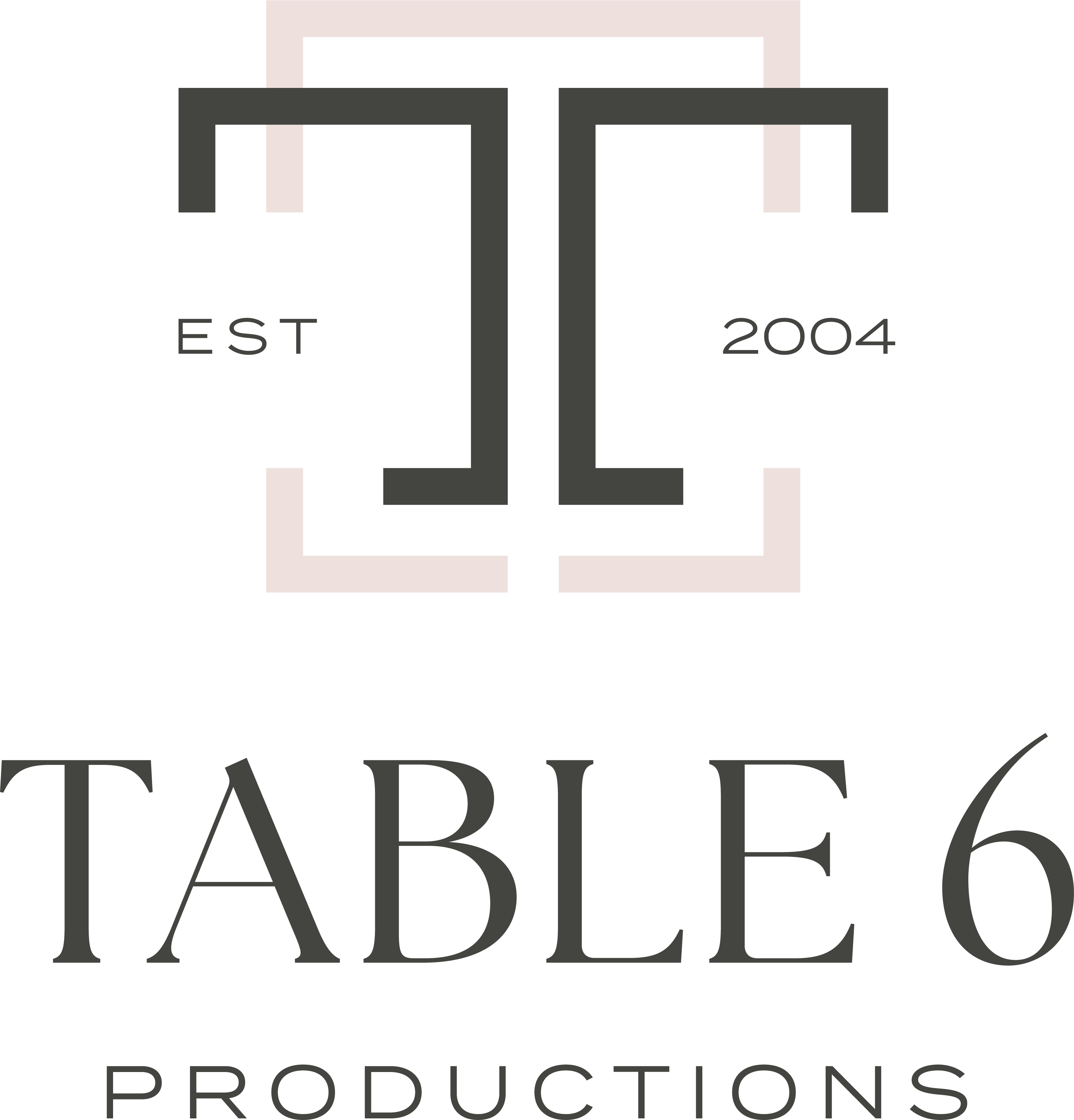Wedding Etiquette for the Bridal Party

Getting married entails lots of work, but before that, there is a myriad of questions. Is having two maids of honor acceptable? Does the best man have to be a man? Why is the bride on the left side of her escort walk down the aisle? It can be confusing for brides and grooms as they go through the first stage of planning. But it does not have to be.
Like many traditions, wedding protocols can be broken. But there are also etiquettes that need to be followed as a good gesture or simply as a courtesy. In this post, common wedding dilemmas are unravelled and given solutions.

In Choosing the Entourage
For many centuries, the tradition of choosing bridesmaids owed it more to necessity than want. Bridesmaids walk with the bride to the groom’s home to protect her from bandits and the like. They dress like the bride to confuse the saboteurs.
Groomsmen are known to help the groom when stealing brides was still a norm. They fight off the angry relatives so the groom and the stolen bride can escape.
Nowadays, having an entourage is purely optional. The couple can have more bridesmaids than there are groomsmen and vice versa. A bride can even choose a man of honor, and the groom can pick his female best friend to play the role of the best man.
Some couples forgo the entourage altogether so they do not have to spend too much, especially in cases when they have to pay for the wedding attire of the entire entourage.
In Sending Out Invites
Invites should be sent out six to eight weeks before the wedding date. That way, guests can still have ample time to decide and prepare. This is ideal especially if they live out of town. They can make room on their schedules and travel to the wedding venue.
The list of whom and how many to invite relies on the couple. They can choose not to invite mere acquaintances and keep it all intimate. They can also specify their guests by putting their names on the invite instead of guests.
In Paying for the Wedding
The family of the bride traditionally shoulders the expenses for the gown, the reception, and the bridesmaids’ dresses, while the groom’s family sponsors the church fees, the honeymoon, and the bridal bouquet. Today, it can be the way the couple likes it to be. But common courtesy remains, and expenses are split both ways.
In Seating Positions
In old times, the family of the bride sits on the left and the groom’s on the left. The bride walks down on the side of her family, on the left side of her father, brother, or uncle to give whomever the escort is time to draw the sword and protect her. After the ceremony, it is customary for the bride to walk down the aisle in the side of the groom’s family as a symbol of introduction and acceptance. Modern times allow both parties to choose their own seating positions, making it a sign of the two family’s unity.
In Giving Gifts of Gratitude
The bride and the groom owe a lot to their entourage. It is only fitting to give gifts to their groomsmen and bridesmaids who stood by them from the first stage of planning to the very last. Gift items for the bridal party should be something thoughtful, practical, and unique. Something that will remind them of the couple’s appreciation and gratitude is the best.
Always Remember
Wedding dos and don’ts are not foolproof. They can be bended, amended, and broken. It does not hurt to follow them either. The important thing is that the bride and the groom can realize the wedding they have always dreamed of and with the people who support and love them.
